
Make it stand out
“Painting is a blind man’s profession. He paints not what he sees, but what he feels, what he tells himself about what he has seen”
— Pablo Picasso

Dipayan Ghosh captures his dramatic and awe-inspiring subjects through abstract Cubist Expressionism. His application is confident, full of bravado and relies primarily on oil, acrylic and charcoal. As a passionate expressionist, he is deeply enthused by the deep emotions and beliefs of India and her people and strives to express the Indian traditions, customs, expressions through bold, earthen and somewhat fiery colours. And hence one would find a lot of Indian Reds, Indian Yellows, Pyrrole Orange and shades of Terracotta, Ochre or Sienna in his artwork.
Artwork Gallery
Dipayan expresses the traditions, beliefs, culture and expressions of India and her people through cubist expressionism soaked in bold, earthen and somewhat fiery colours. His artworks are always a journey of intriguing emotions.
Panchakosh is a dialogue of a human being with his/her inner self as he/she undergoes a journey within towards bliss and enlightenment.
Panchakosh as per Vedic philosophy describes humans with five layers of awareness, or sheaths, that filter all experience. The word "pancha" is Sanskrit for "five" and "kosha" means "sheath". The five sheaths, from outermost to innermost, are: (1) Annamaya Kosha: The food sheath (2) Pranamaya Kosha: The vital sheath (3) Manomaya Kosha: The mental sheath (4) Vigyanamaya Kosha: The intellectual sheath (5) Anandamaya Kosha: The bliss or enlightenment sheath.
The theory suggests that each person's unique perspective of reality comes from their identification with each of the five sheaths. When all five sheaths are balanced and integrated, a state of wellbeing is achieved.
This artwork moves from dark to light, from left to right, as the conversational journey with ones own self is undertaken. Sharp lines and rough structures gradually smoothen to waves and moving lines, merges into a human mind with conflicting thoughts and emotions. But leads to knowledge and finally arrives at the eternal enlightenment through Sri Yantra.
The Panchakosha theory proves that people can be trained to transcendence from lower self to highest self and change the personality. In todays times and society, people in their lower self triggers crimes, conflicts, wars, genocide that leads to disturbance of world peace. Traversing the dialogues through Panchakosha can generate internal peace in the most atomic unit of our society, the human being.
Medium Used: Sand and Acrylic on stretched canvas
Size: 8 feet by 4 feet.
Parakriti is an infinite dialogue between Nature and Industrial Revolutions (explained through exponential Fibonacci series canvas sizes). The artwork currently has been made out of 5 canvases. The canvases are of sizes 6 sq inch, 6 sq inch, 12 sq inch, 18 sq inch and 24 sq inch. They are placed in Fibonacci series exponentially increasing in size as per the Golden Ratio of 1,1,2,3,5. This artwork also can infinitely continue by adding canvasses in the same Golden ratio spiral. The next canvas sizes would be 48 sq inch, and 36 sq inch, denoting 8 and 13 (the next numbers of the infinite series). Thus depicts never-ending dialogues towards equilibrium between Nature and Industrial progress. The fibre threads pasted on the canvas exemplifies the never ending dialogue between nature and industrial progress. How Industrial Progress wanes away nature exponentially, while Nature fosters never ending negotiations through climate and conservsation initiatives to hold itself together.
Materials Used: Acrylic, Sand and Portland Cement textures, Fibre on Stretched Canvas
Dimensions: 48 inches by 24 inches (122 cm by 61 cm)
“Dasagriva”, as a series, would portray the 10 heads of Ravana that symbolizes the 6 shastras and 4 vedas, making him a great scholar and of supreme intelligence. Each head depicts either a sin or a gift of life. Seven of them are also described as Cardinal Sins or Capital Vices in Christianity. The 10 heads represent the 10 basic emotions of human beings as Matsarya (envy), Kama (lust), Krodha (wrath), Moha (delusion), Lobha (greed), Mada (pride), Manas (mind), Buddhi (intellect), Chitta (will) and Ahamkara (the ego).
“Krodha (Wrath)”, 2025 can be defined as uncontrolled feelings of anger, rage, and even hatred. Wrath often reveals itself in the wish to seek vengeance. If anger reaches the point of a deliberate desire to kill or seriously wound a neighbor, it is gravely against charity; it is a mortal sin". Hatred is the sin of desiring that someone else may suffer misfortune or evil and is a mortal sin when one desires grave harm.
The artwork uses shattered glass pieces set on the canvas with shades of fire. It depicts the wrath that leads to a fiery volcanic eruption that breaks and shatters everything it comes in contact with.
Materials Used: Shattered glass pieces, Resin, Acrylic and Textures on Stretched Canvas
Dimensions: 36 inches by 30 inches (91 cm by 76 cm)
Shows / Exhibitions
Blogs
Cubism, the art form that laid the foundation to modern art, with its deconstructed blocks and lack of pattern has always been a less understood form of art. Whenever I have talked about cubism to people, I have realized their confusion, bordering into apathy, for the art form. Its, however, perhaps so easy to understand if we see it as a “point of departure” from an otherwise realistic painting. And following Paul Cezanne’s works also helps us understand how the fractured forms of cubism flows smoothly from conventional ideas of realism. No wonder Picasso and Braque called him “the father of us all”.
© 2021 Dipayan Ghosh. All rights reserved.












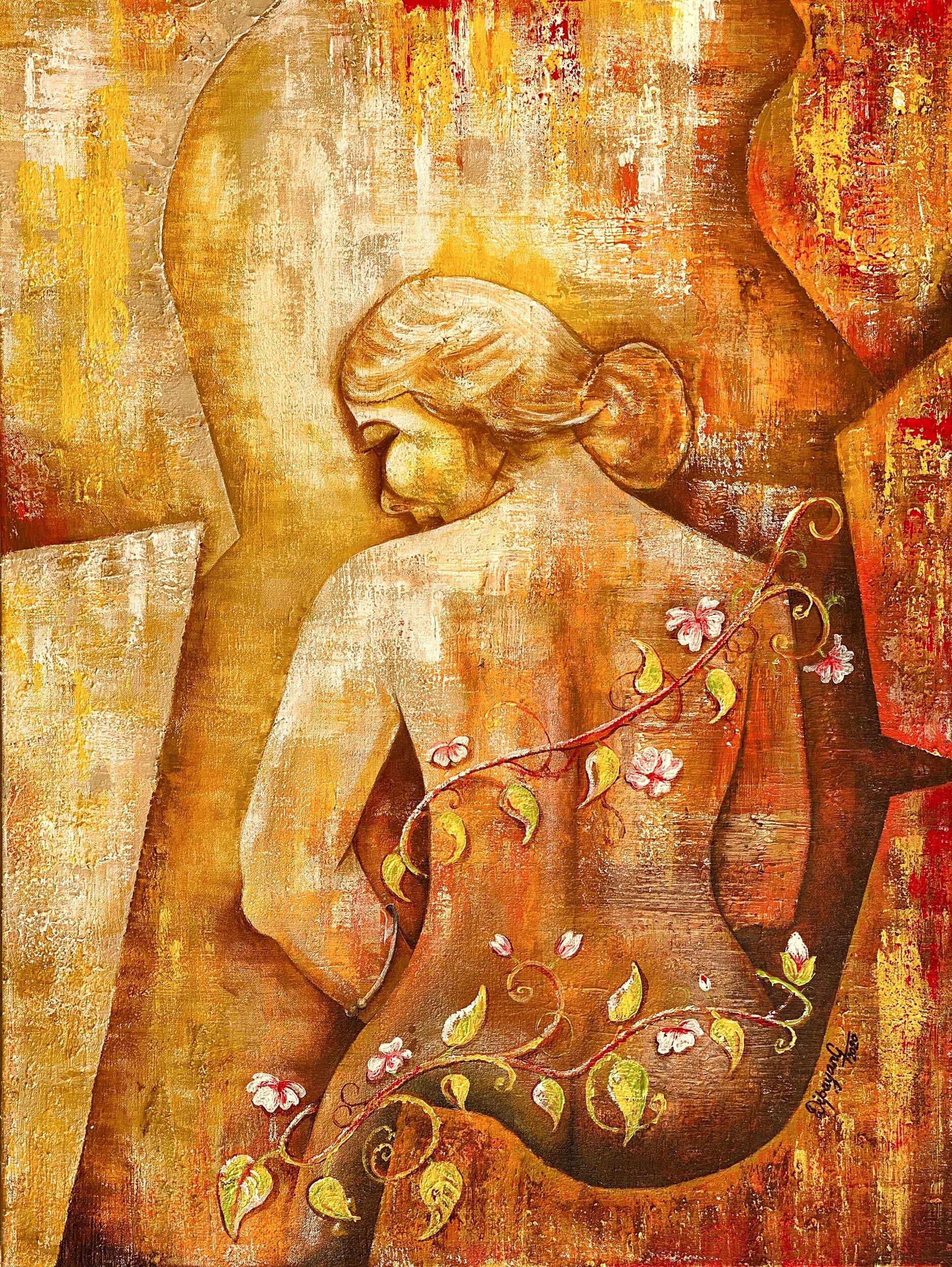




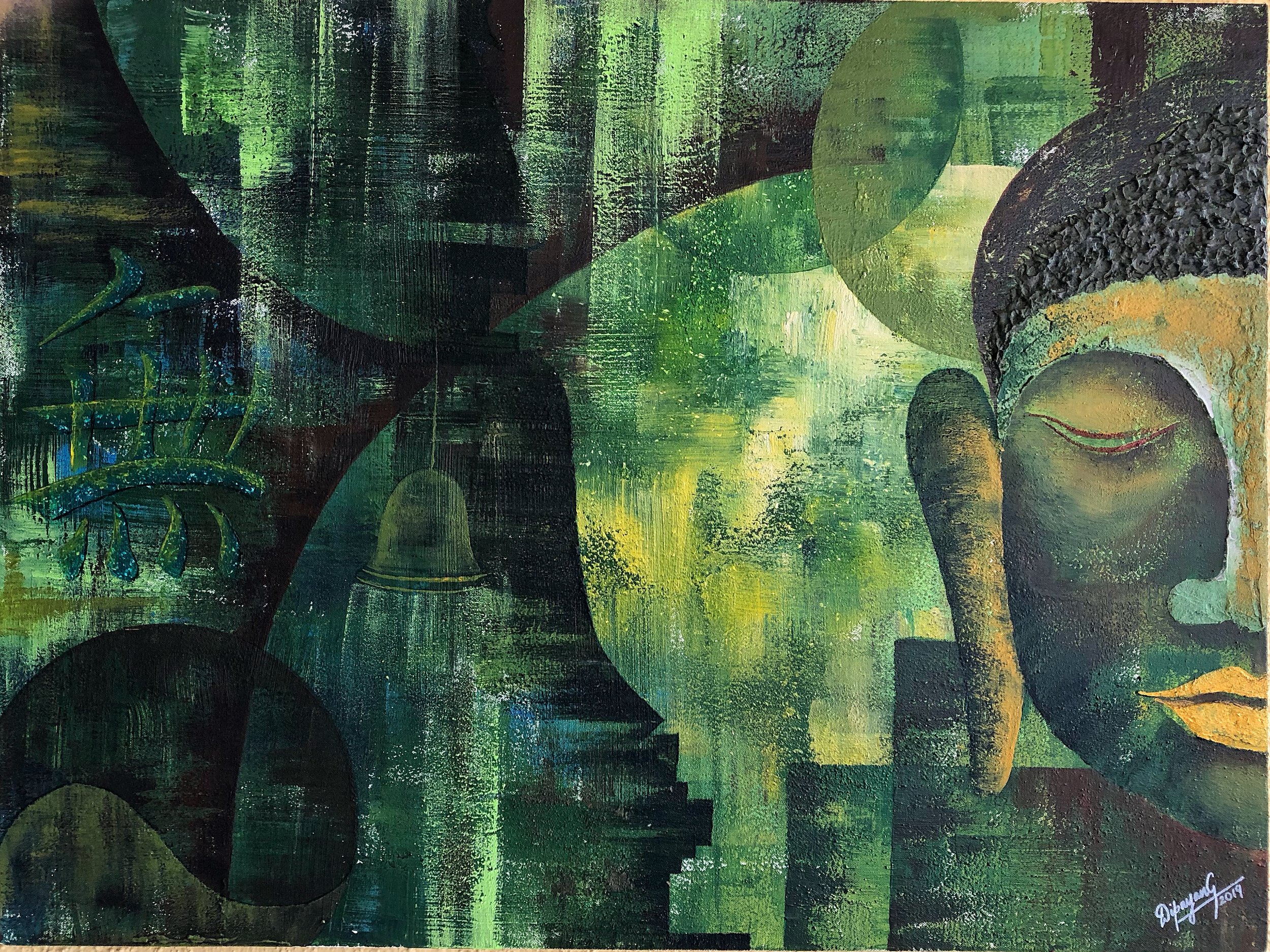
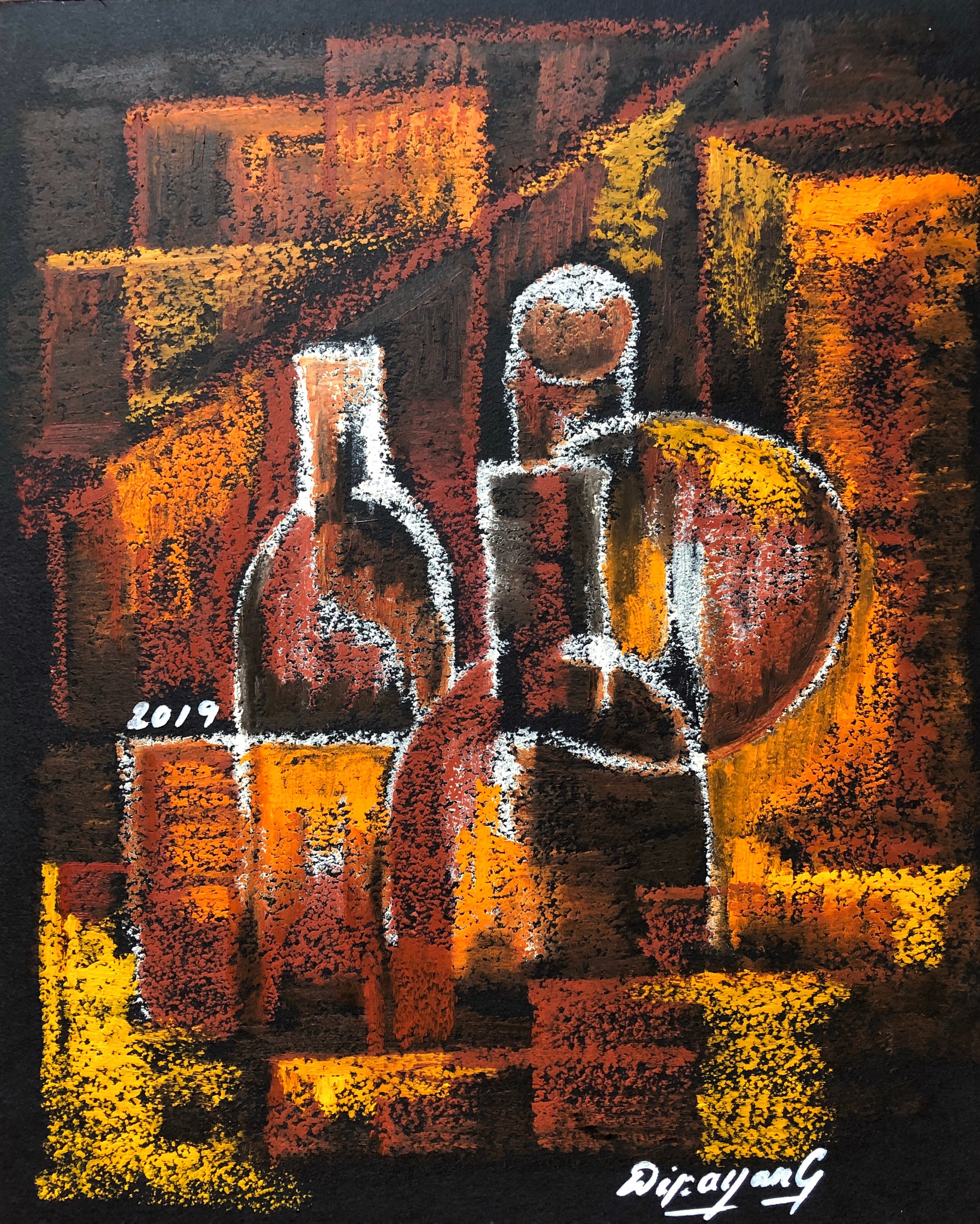
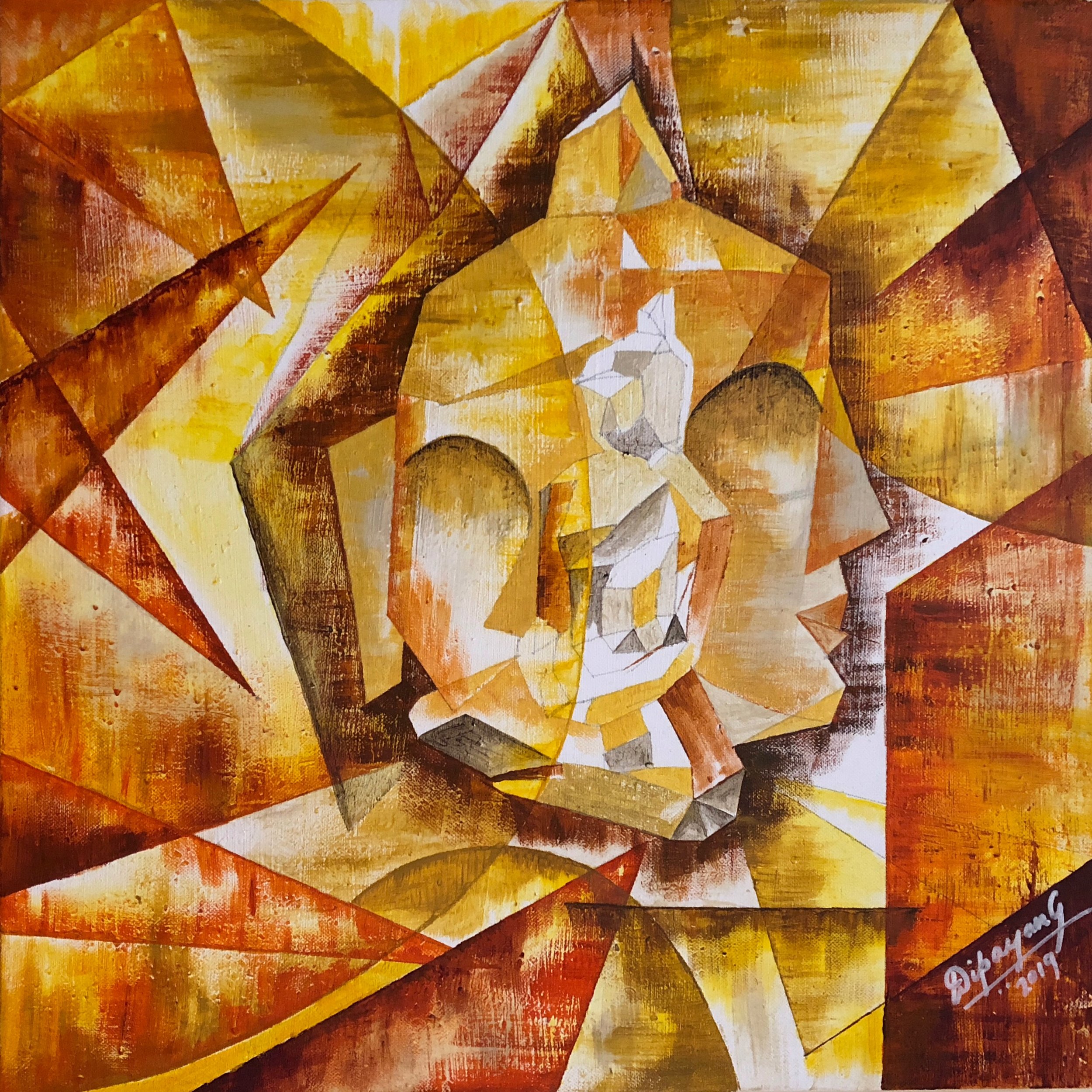
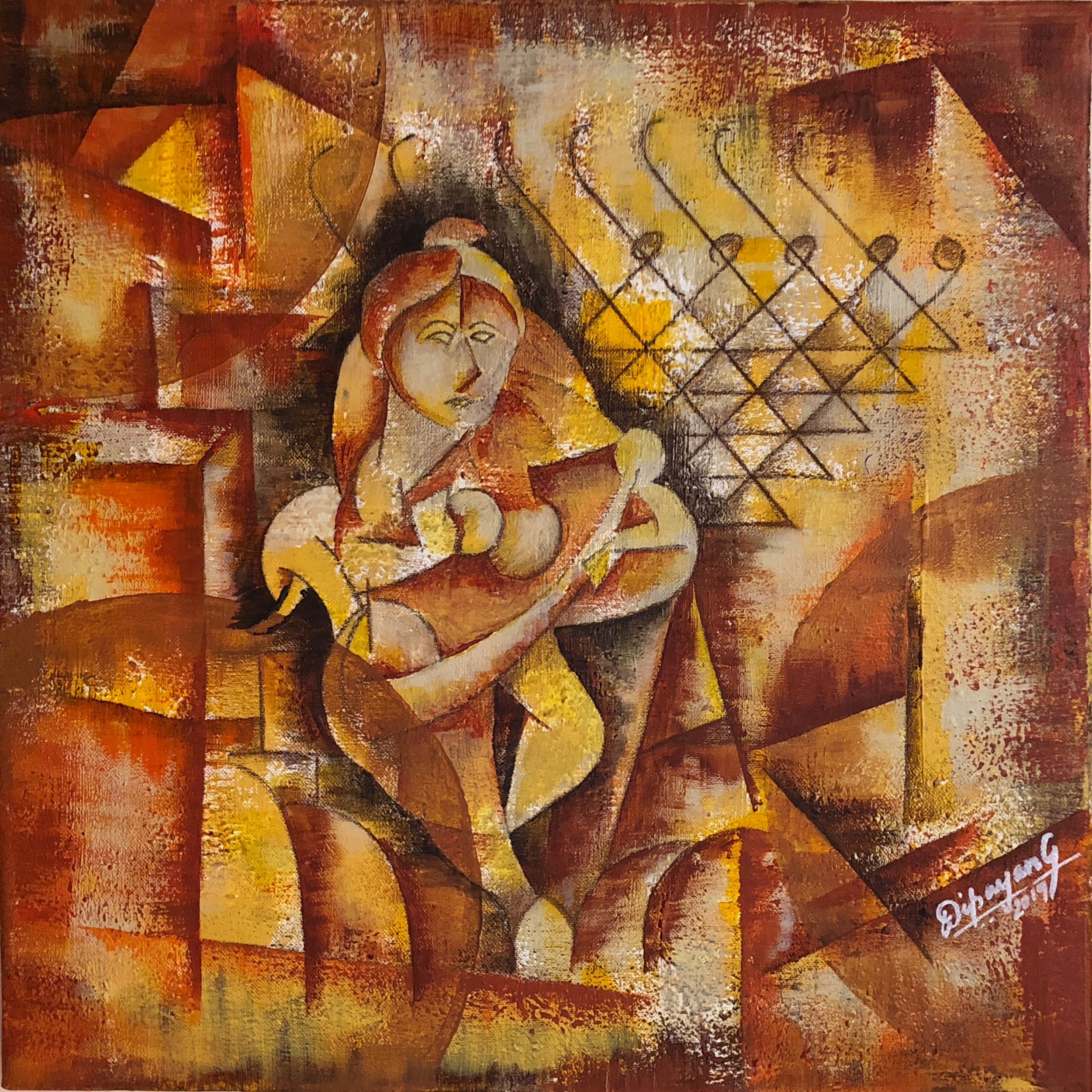
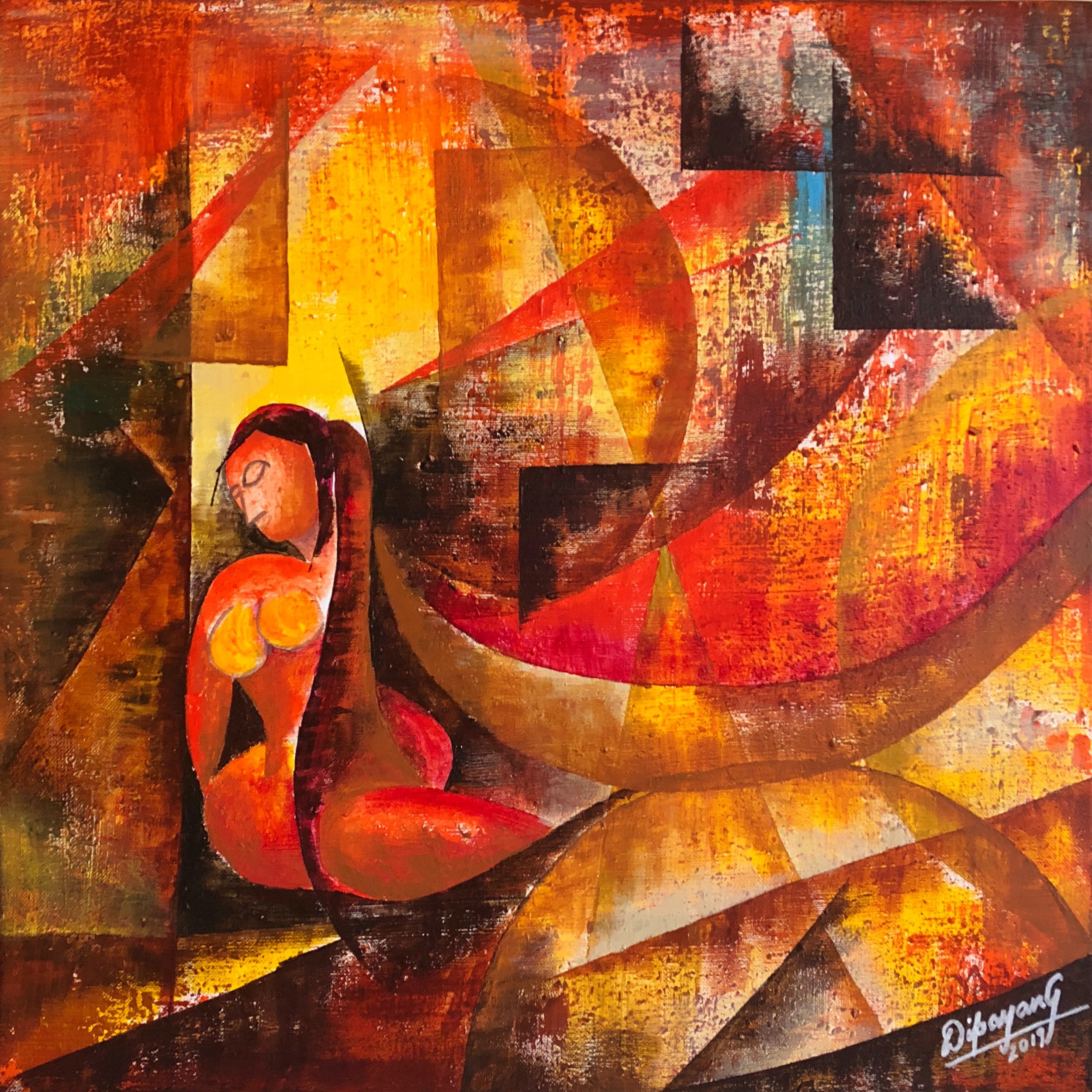
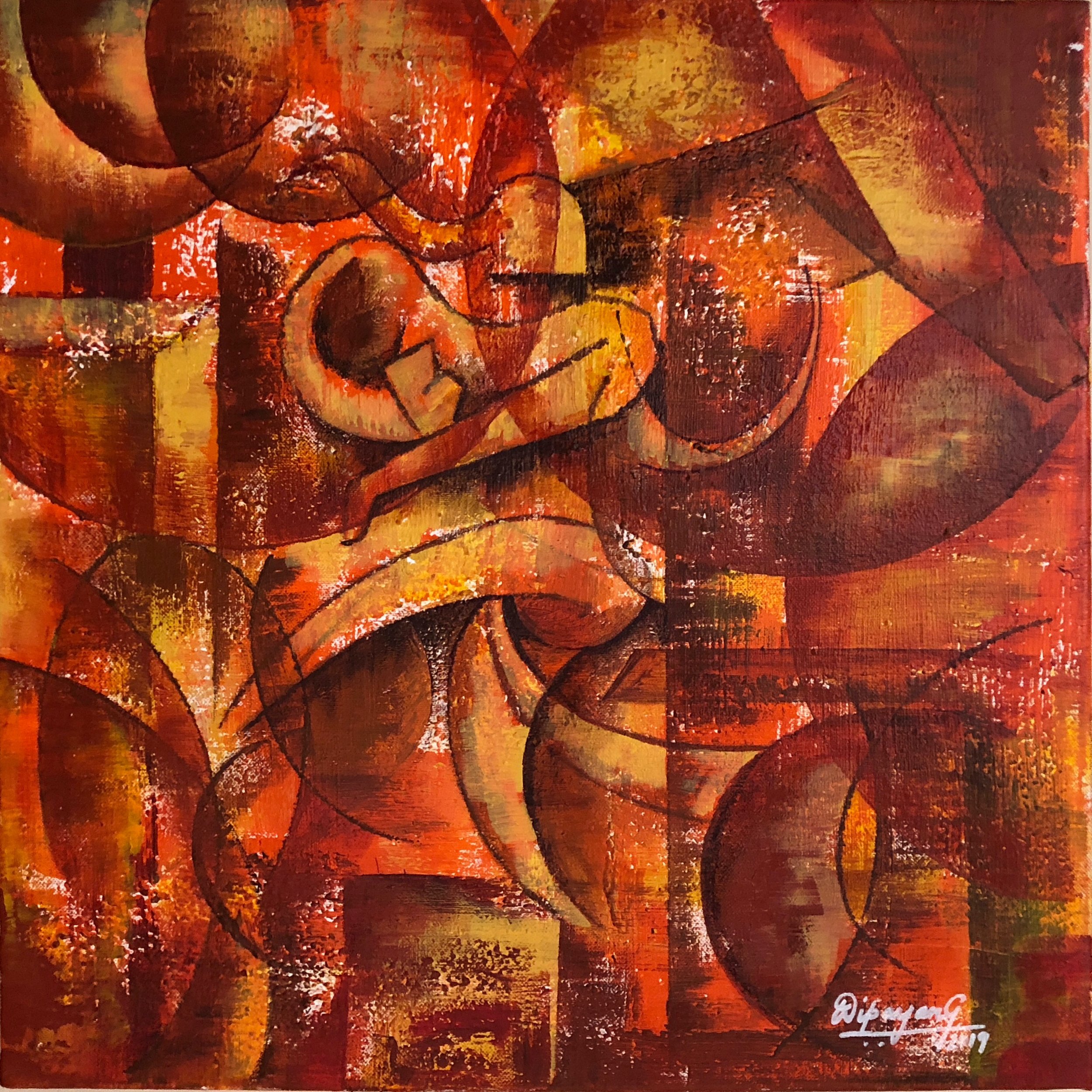
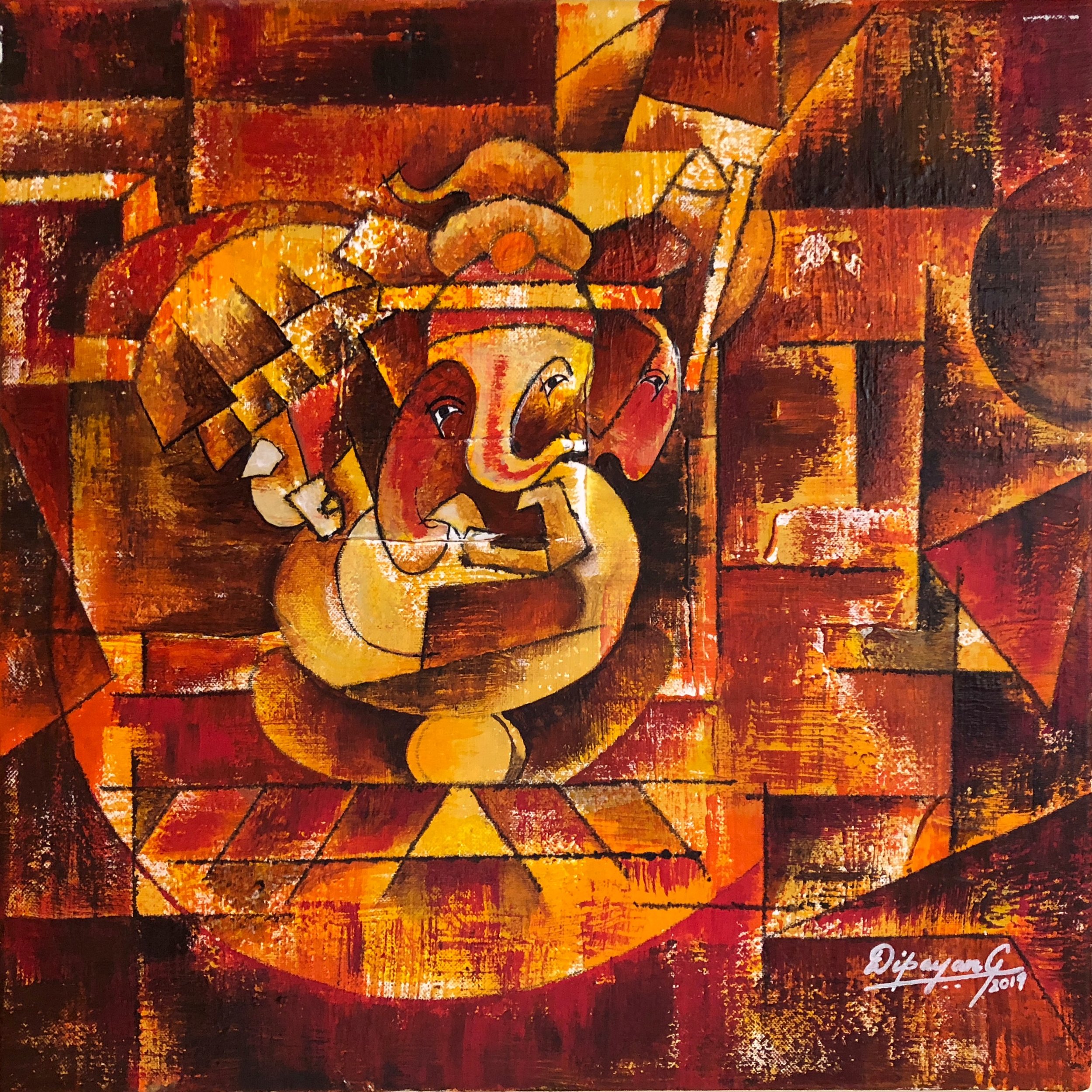
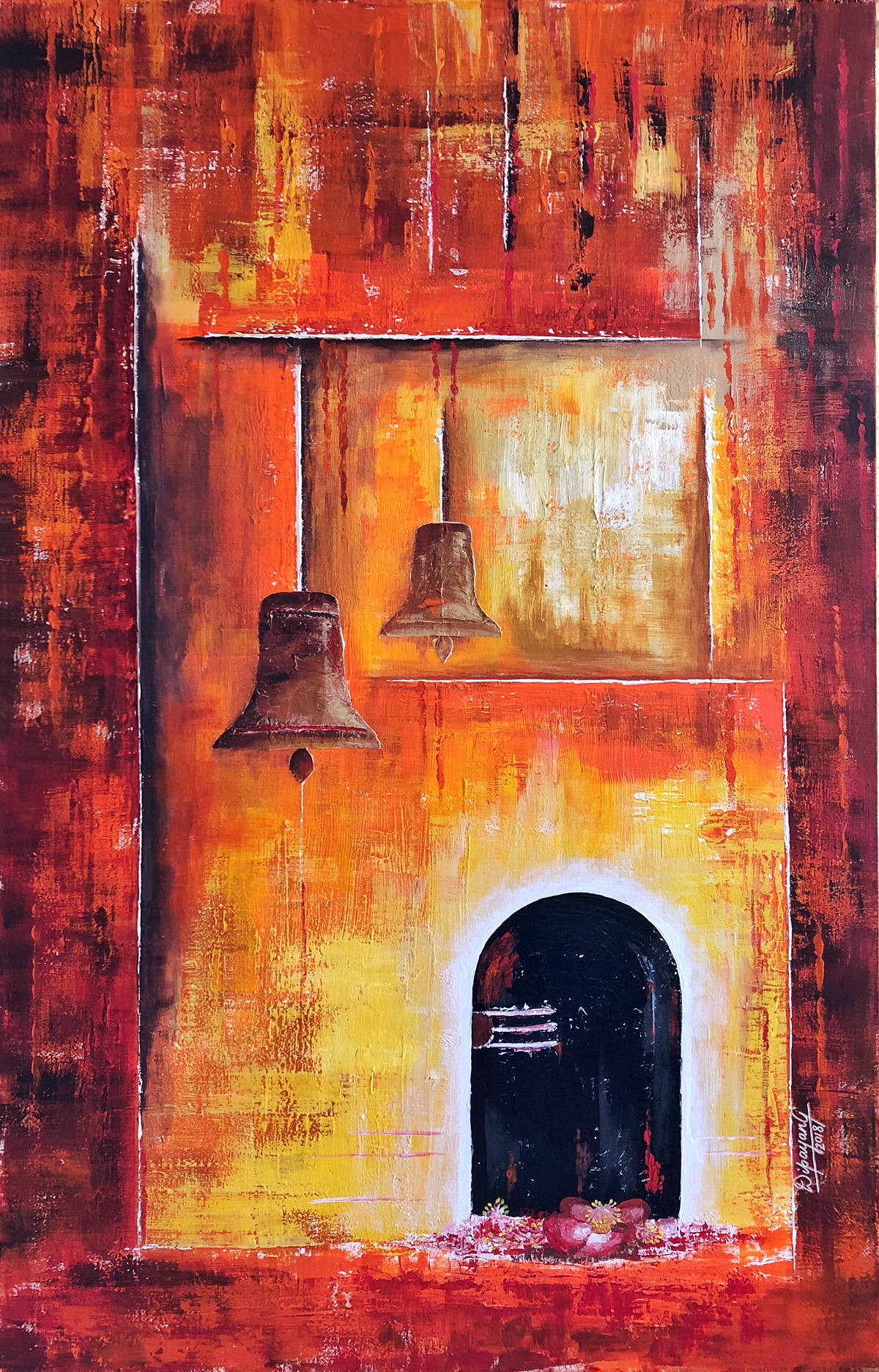
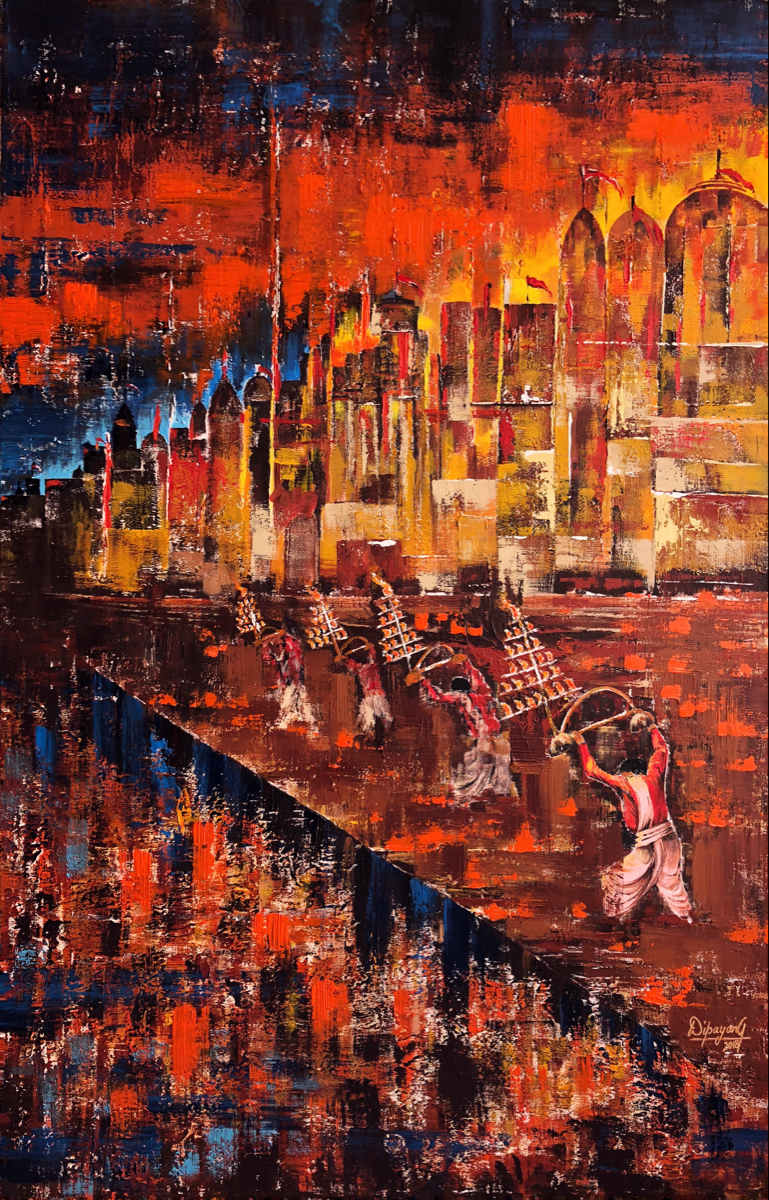
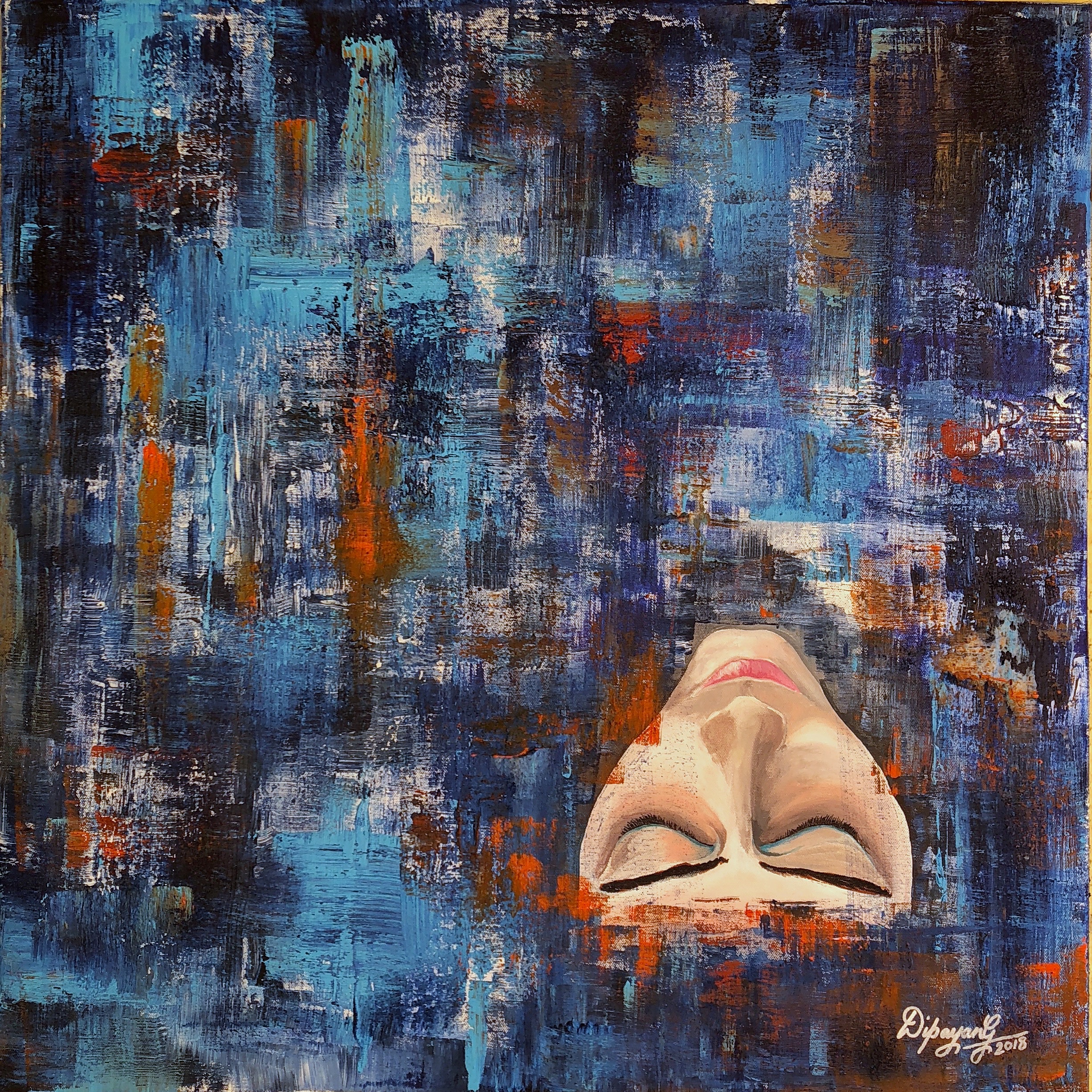

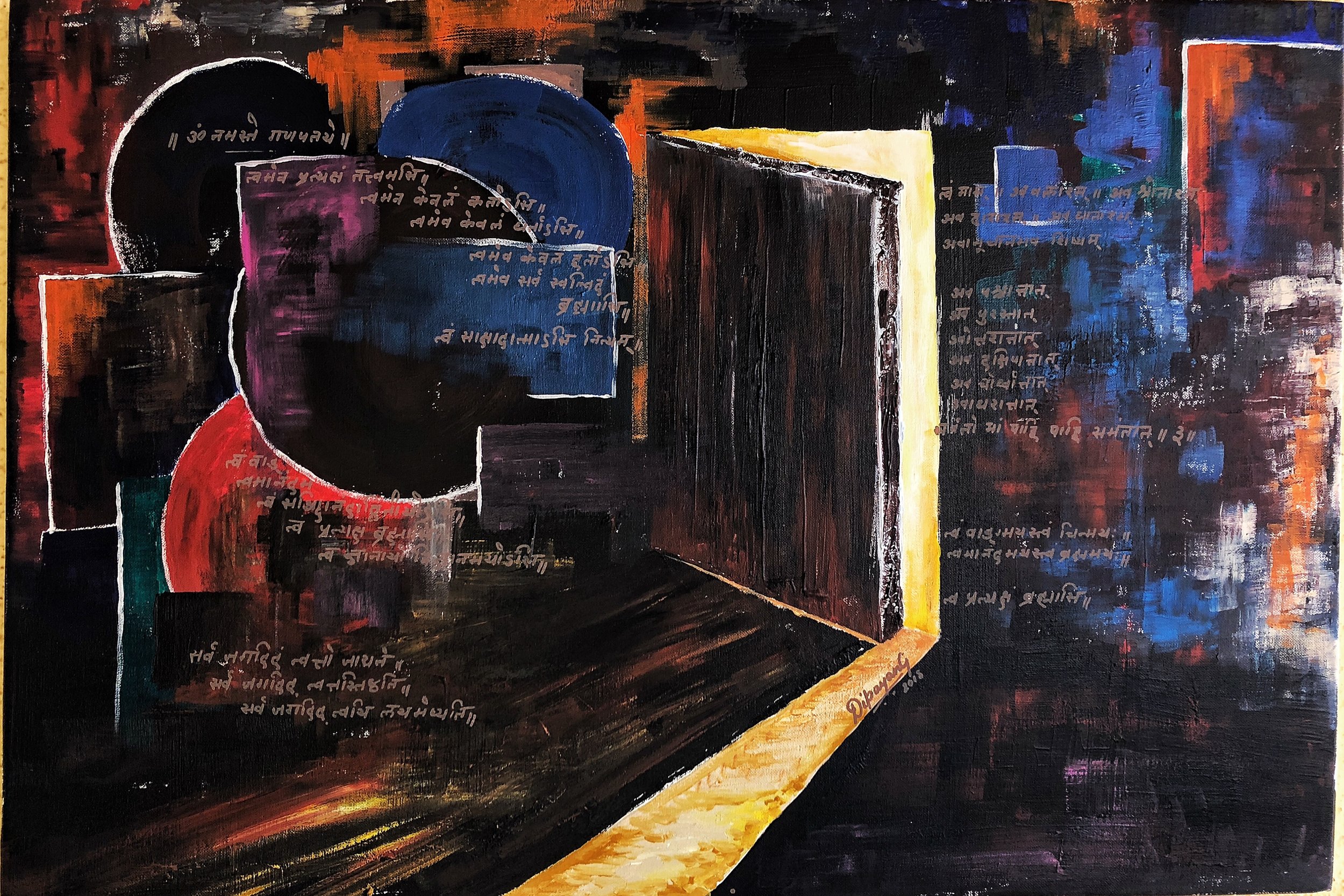
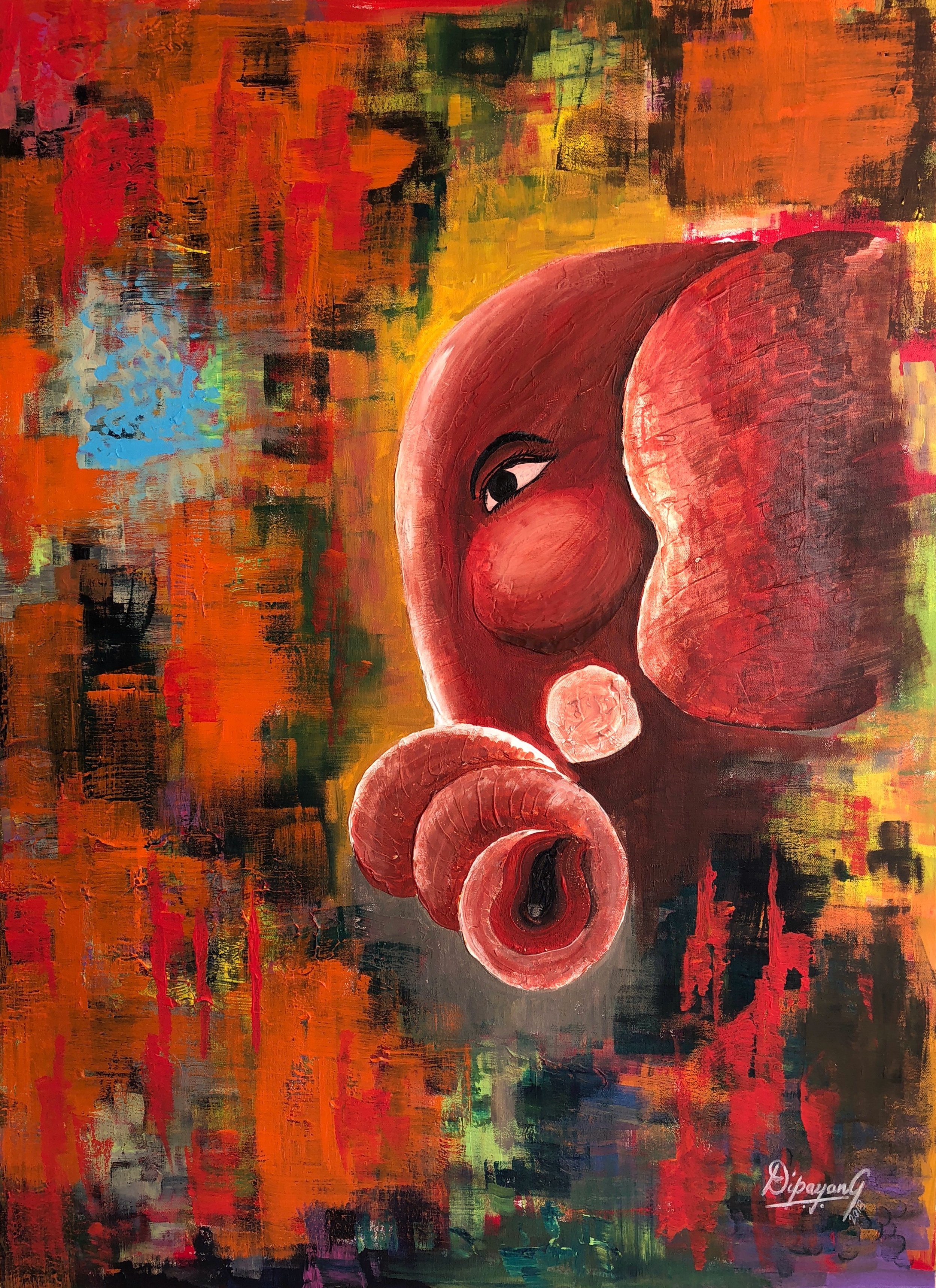
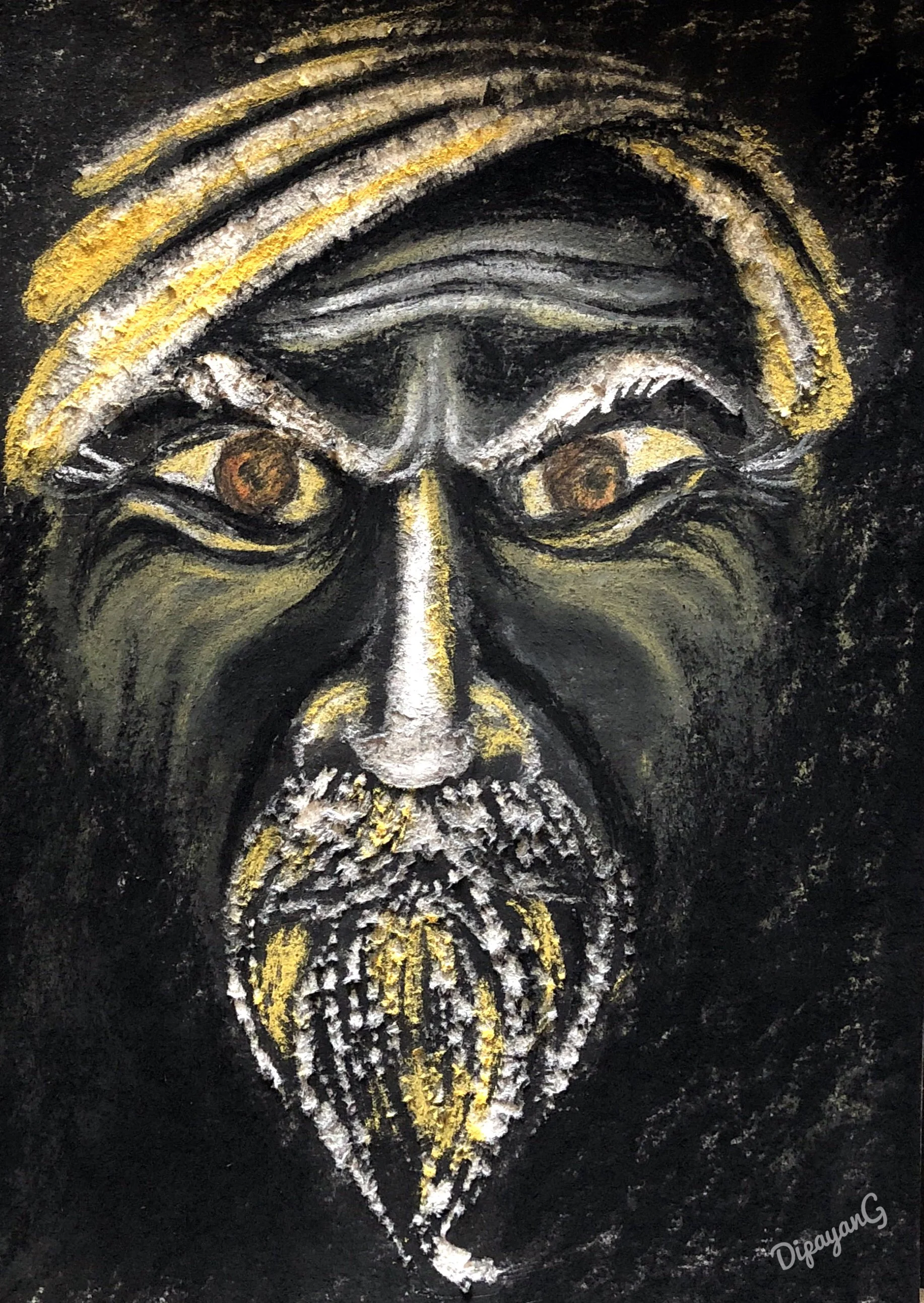
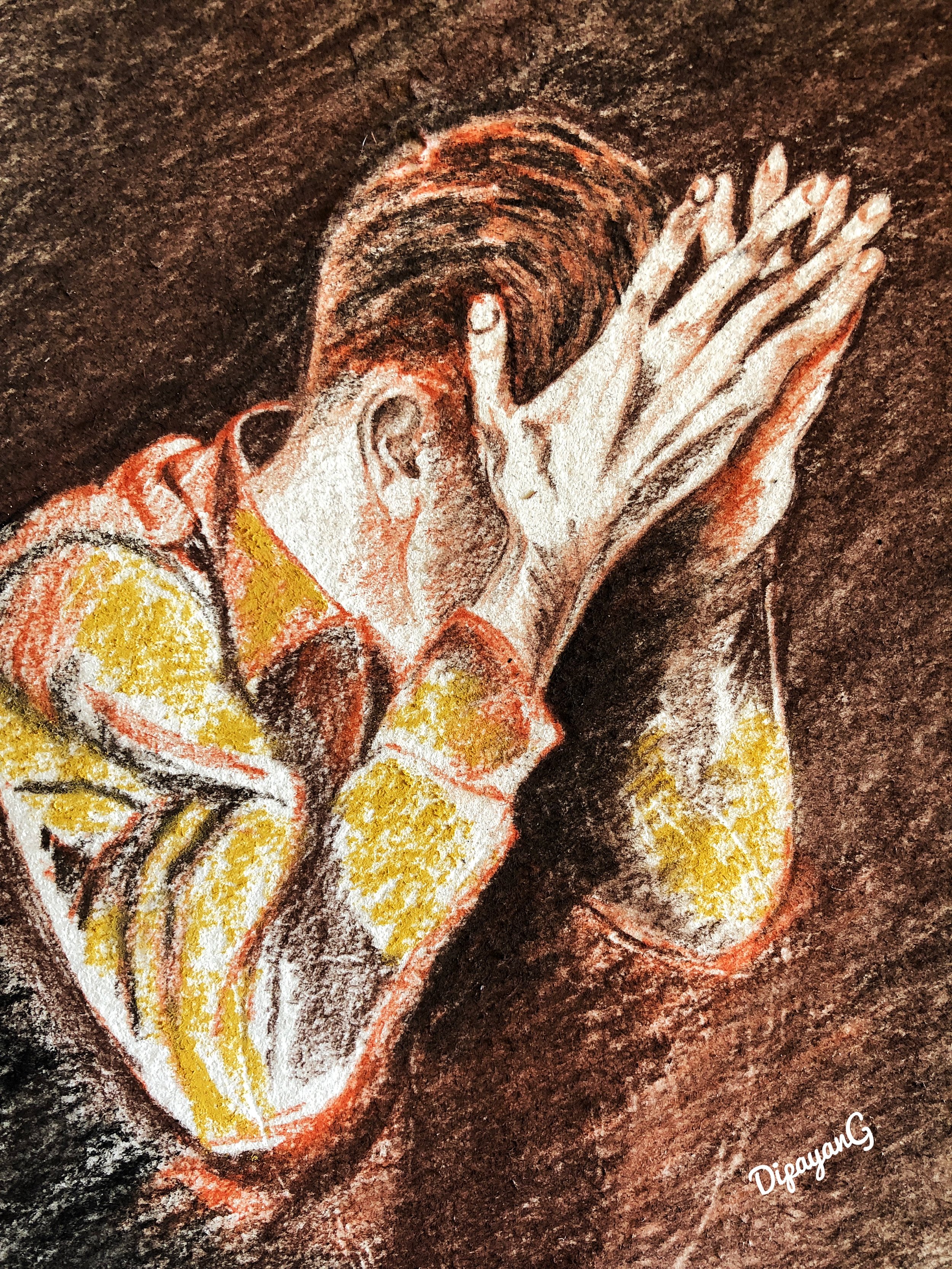
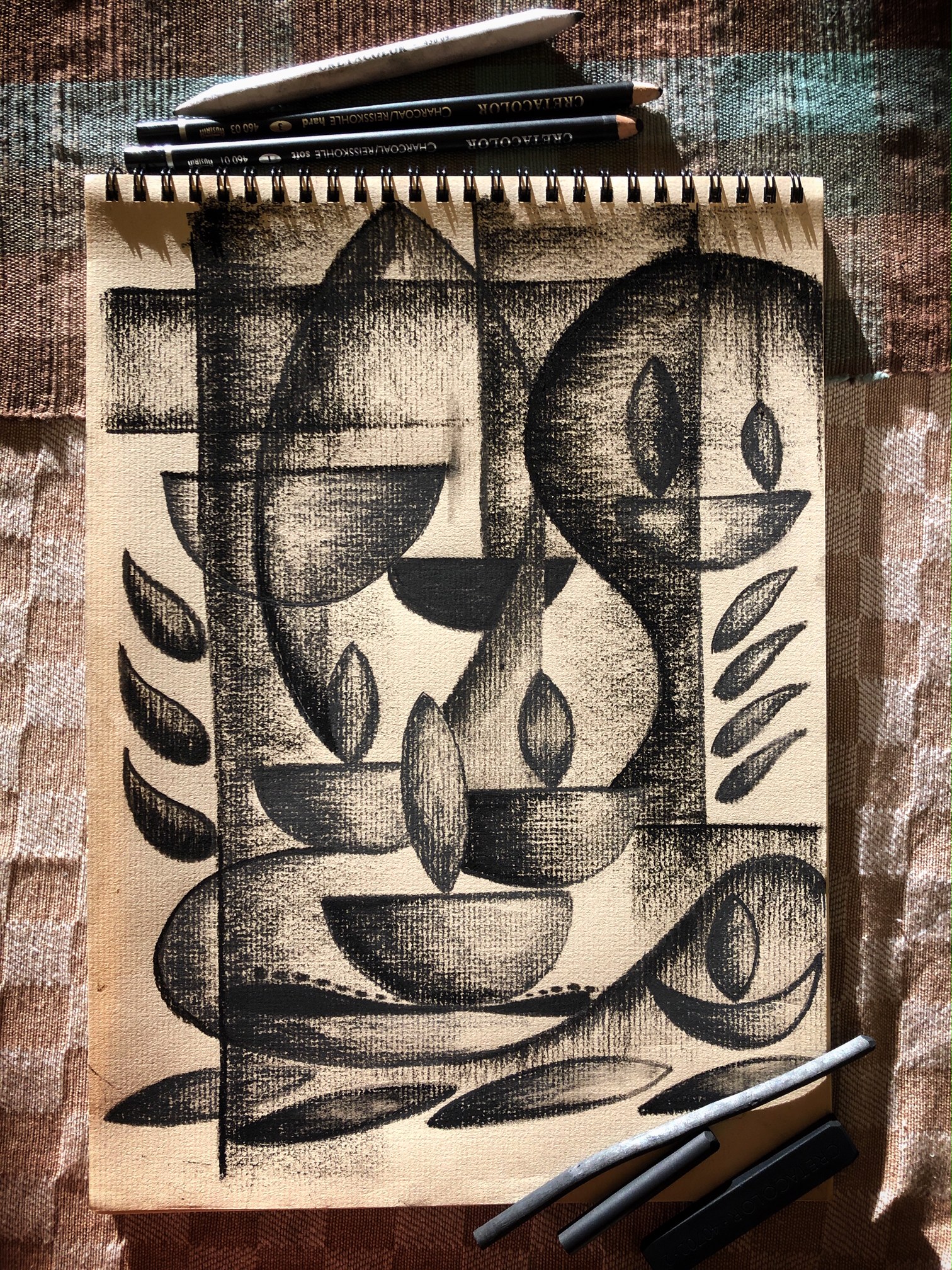
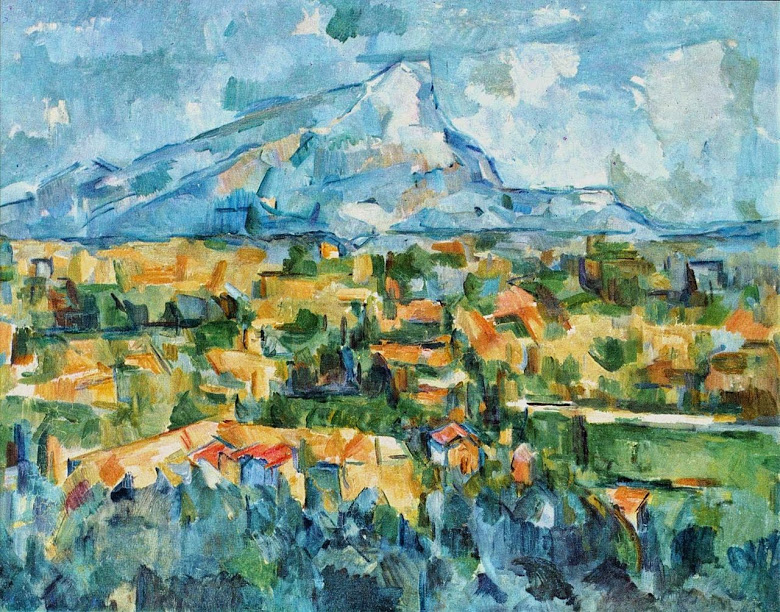
Isolation, in its various forms and corollaries, has almost turned into a topic discussed as frequently as the weather to a Londoner. On one of my rainy self-isolation days, as I sit on outhouse rocker with a brewing cuppa, I could not help but spare a thought about Van Gogh. Did he rejoice or regret is isolation of 53 weeks in the asylum of Saint-Paul-de-Mausole? Although his art flourished, he slipped away to loneliness before shooting himself. Perhaps, the secret potion is in striking the right balance; Be lonely, but not alone. “If you’re lonely when you’re alone, you’re in bad company”.